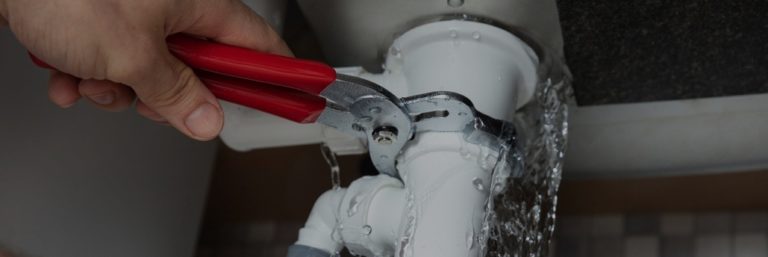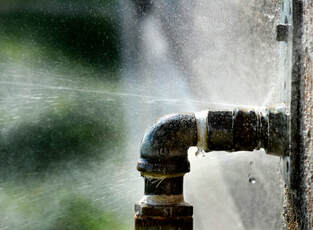Exactly how to Inspect If Your Home Has a Hidden Leakage
Get EstimateThis article down below relating to Detecting hidden plumbing leaks is quite stimulating. Try it and make your own assumptions.

Early discovery of dripping water lines can minimize a possible disaster. Some tiny water leakages may not be visible.
1. Analyze the Water Meter
Examining it is a surefire method that helps you find leaks. If it moves, that suggests a fast-moving leak. This indicates you might have a slow leak that might also be below ground.
2. Inspect Water Intake
If you spot unexpected changes, in spite of your usage being the same, it implies that you have leakages in your plumbing system. A sudden spike in your expense indicates a fast-moving leakage.
A constant rise every month, also with the very same behaviors, reveals you have a slow-moving leakage that's also slowly rising. Call a plumber to extensively inspect your building, especially if you feel a cozy location on your floor with piping below.
3. Do a Food Coloring Examination
When it comes to water intake, 30% comes from bathrooms. If the color in some way infiltrates your bowl throughout that time without flushing, there's a leak in between the tank as well as dish.
4. Asses Exterior Lines
Do not forget to inspect your exterior water lines as well. Needs to water seep out of the link, you have a loosened rubber gasket. One tiny leakage can throw away lots of water and also spike your water expense.
5. Check and Evaluate the Circumstance
Property owners need to make it a habit to check under the sink counters as well as also inside closets for any kind of bad odor or mold development. These two warnings show a leakage so prompt interest is required. Doing regular examinations, also bi-annually, can conserve you from a major problem.
Examine for stainings and damaging as a lot of pipelines and also home appliances have a life span. If you suspect leaking water lines in your plumbing system, do not wait for it to escalate.
Early detection of dripping water lines can mitigate a potential disaster. Some little water leaks might not be visible. Examining it is a guaranteed method that aids you discover leakages. One little leakage can throw away heaps of water and also increase your water expense.
If you suspect leaking water lines in your plumbing system, do not wait for it to rise.
WARNING SIGNS OF WATER LEAKAGE BEHIND THE WALL
PERSISTENT MUSTY ODORS
As water slowly drips from a leaky pipe inside the wall, flooring and sheetrock stay damp and develop an odor similar to wet cardboard. It generates a musty smell that can help you find hidden leaks.
MOLD IN UNUSUAL AREAS
Mold usually grows in wet areas like kitchens, baths and laundry rooms. If you spot the stuff on walls or baseboards in other rooms of the house, it’s a good indicator of undetected water leaks.
STAINS THAT GROW
When mold thrives around a leaky pipe, it sometimes takes hold on the inside surface of the affected wall. A growing stain on otherwise clean sheetrock is often your sign of a hidden plumbing problem.
PEELING OR BUBBLING WALLPAPER / PAINT
This clue is easy to miss in rooms that don’t get much use. When you see wallpaper separating along seams or paint bubbling or flaking off the wall, blame sheetrock that stays wet because of an undetected leak.
BUCKLED CEILINGS AND STAINED FLOORS
If ceilings or floors in bathrooms, kitchens or laundry areas develop structural problems, don’t rule out constant damp inside the walls. Wet sheetrock can affect adjacent framing, flooring and ceilings.
https://www.servicemasterbyzaba.com/blog/how-to-detect-water-leakage-in-walls/

I hope you liked our article about Leaking water lines. Thank you for spending some time to browse our blog post. Make sure you take the opportunity to share this article if you appreciated it. Many thanks for your time. Come back soon.